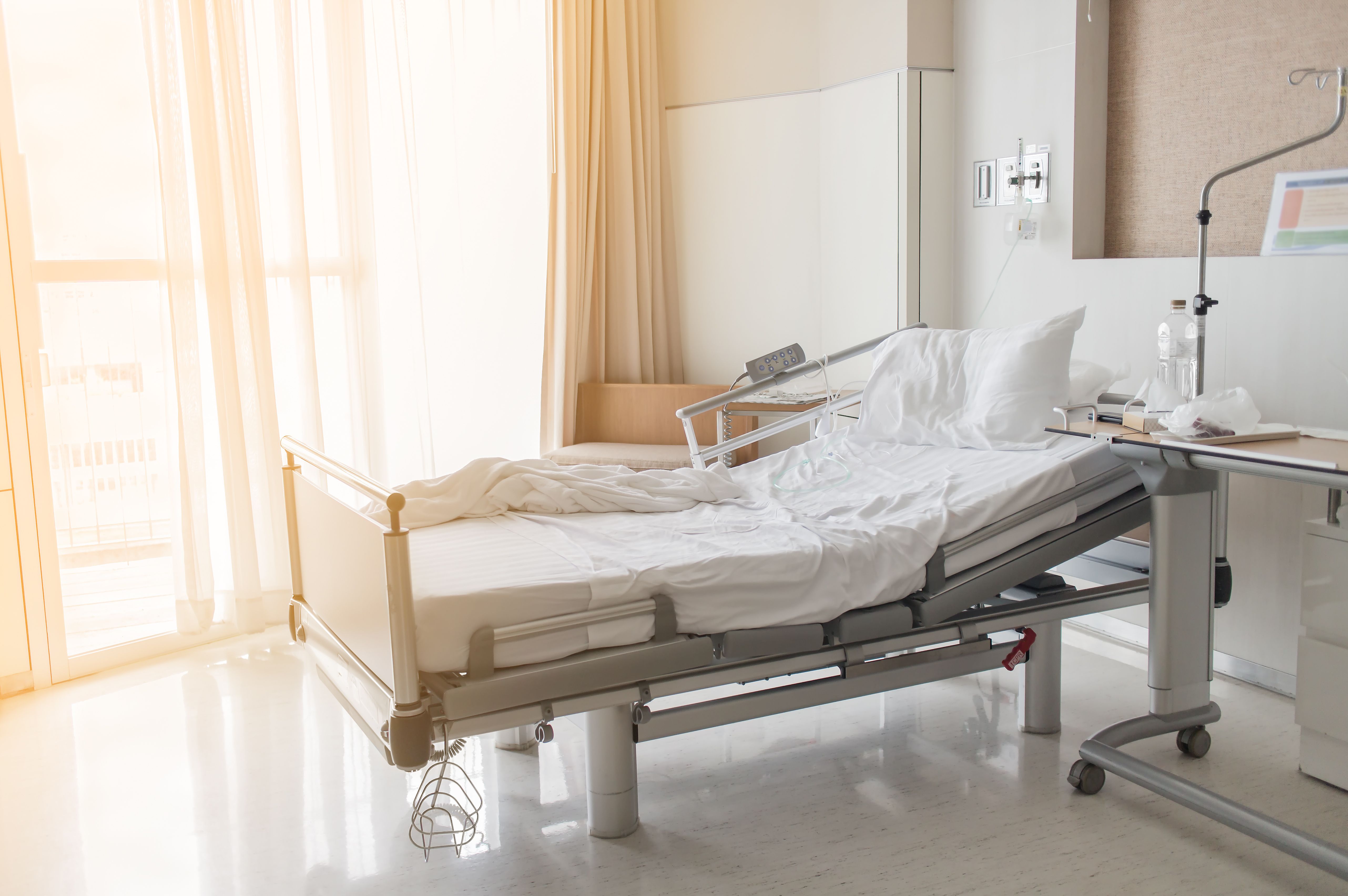Video
The Impact of DORA Treatment
Peter L. Salgo, MD: Now, I know there was a study for suvorexant in patients with Alzheimer’s disease. That’s ongoing as I understand, or is that complete?
Nicole Brandt, PharmD, MBA, BCPP, CGP, FASCP: There was a poster presented at the American Academy of Neurology, and I think the lead author on that was Dr W. Joseph Herring, MD, PhD. It looked specifically at the clinical polysomnograph. I’m going to butcher this for a second.
Peter L. Salgo, MD: Polysomnograph.
Nicole Brandt, PharmD, MBA, BCPP, CGP, FASCP: Thank you, polysomnograph. Are we saying polysomnograph or polysomnography?
Sanford H. Auerbach, MD: PSG.
Nicole Brandt, PharmD, MBA, BCPP, CGP, FASCP: What?
Sanford H. Auerbach, MD: PSG.
Peter L. Salgo, MD: Just go with PSG.
Nicole Brandt, PharmD, MBA, BCPP, CGP, FASCP: Thank you, PSG. They actually use that in terms of looking at the implication of suvorexant on that in patients with Alzheimer’s disease. The patient population with Alzheimer’s disease were those with mild to moderate stage, and the interesting aspect of that is many were more in the mild stage. The average Mini-Mental State Exam score was about a 22. I think as the experts on the panel know, as the disease progresses, sometimes the sleep becomes a manifestation of other problems as well. But nonetheless, they saw an improvement in total sleep time of about 29 minutes. And again, we’re seeing a range.
Getting to Sandy’s point in terms of the next day, the signal at least didn’t seem to have an implication on their cognition or that drowsiness. But it was a short study—a 4-week trial. There’s still ongoing enrollment. It had a 142 patient cohort. They looked at some of the adverse events, and of course next-day somnolence, but the dropout was pretty low. It’s a poster—I haven’t seen the whole publication— but it does give us something to look at in a population that we’re caring for, especially if we don’t see that implication on the next day. But I think we’ll have to watch in terms of the implication on other safety parameters, too.
Newsletter
Stay ahead of policy, cost, and value—subscribe to AJMC for expert insights at the intersection of clinical care and health economics.




